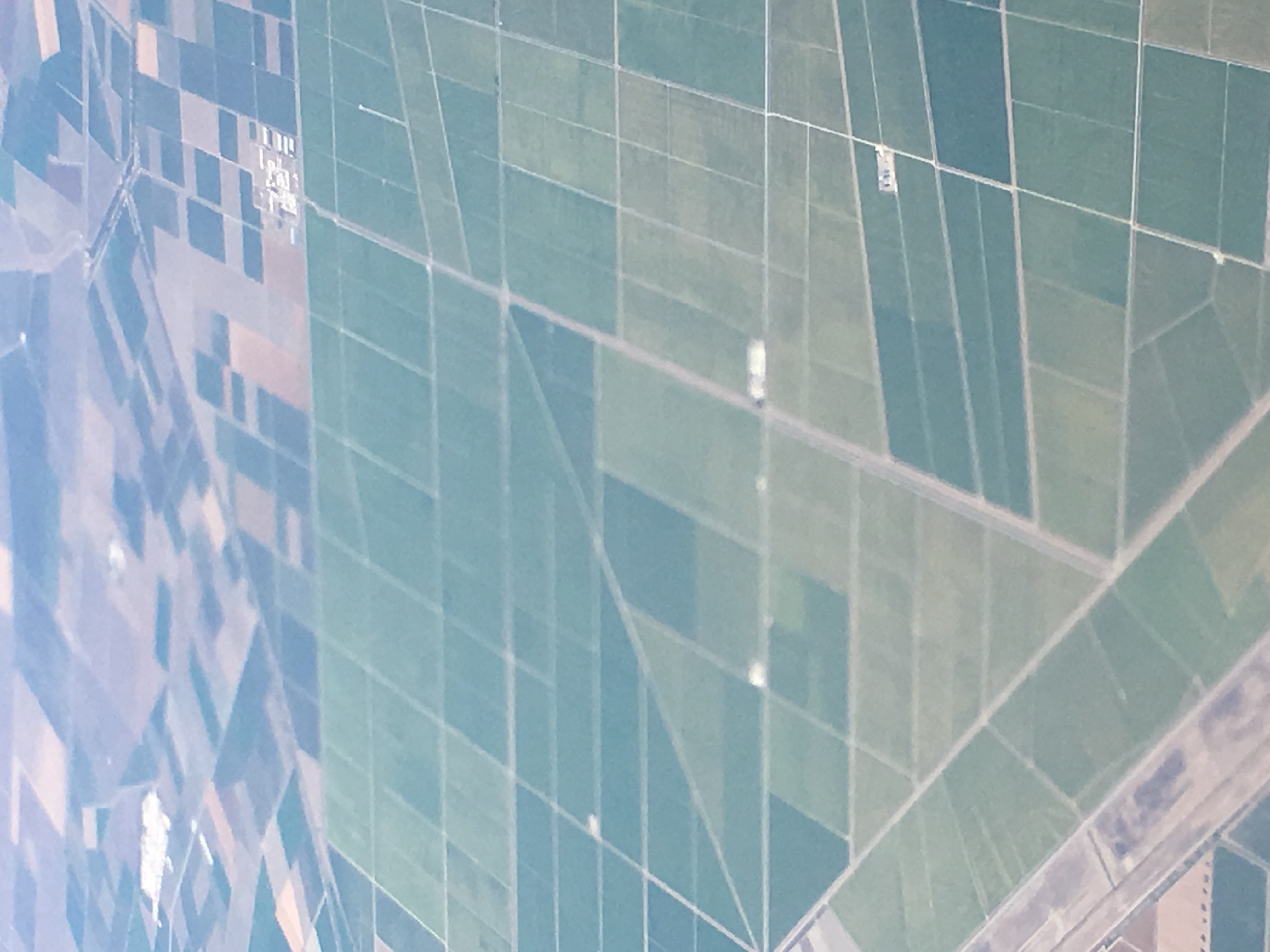
04.06.2020
The direct action of art. 1597 CC. (2020)
Spain is living a déjà vu. The average price os housing rose by between 5% and 10% in 2018. At the same time, the number of visas for the construction of new homes reached 100.000 in the previous 12 months. And, to make matters worse, the construction sector already accounts for 4.1.% of GPD. Although it is hard to believe, the sin in which we should not incurr again is back.
 Por
Castellano Gallego, Jesús
Por
Castellano Gallego, Jesús With the bursting of the real estate bubble, many works were interrupted. As a result, many if the subcontractors were unpaid. Were they able to claim the amounts due? What mechanism are available to them? Can the same thing happen today?
Our legislation provides for a special system of protection for credits arising from a Works contract. Thus, our Civil Code mentions in article 1.597. CC:
“Those who put their work and materials in a work adjusted by the contractor, have no action against the owner of the work, but only up to the amount owed by the owner when the claim is made”.
In common parlance, this regime is known as: « the direct action of the subcontractor to the owner of the work”.
Unfortunately, this quiz has a limited amount of entries it can recieve and has already reached that limit.
In recent years, there have been numerous court rulings interpreting and applying article 1.597. CC. Due to this, many reader will consider this regime to be well known, having no controversial issue. However, being a little skeptical, we consider that the complexity of this regime requires the present article to explain it. Either to refresh concepts, or as a prevention for what may happen in the coming years.
That is why we are going to explain the following issues regarding the direct action regime of article 1.597. CC. Issues that will undoubtedly be of great relevance for 2020 and beyond: (I) Concept and requirement for its start up. (II) Contractor’s Bankruptcy Procedure and the direct action; (III) Direct action in public Works; (IV) Exceptions opposable by the owner of the work (principal)
I.- Concept and requirements.
Direct action is the right that is attributed to the subcontractor in a work. This right’s purpose is to directly claim the work owner the amount owed by him.
Therefore, those who have acted as subcontractor in a work, if they do not receive the payment by the contractor, have a direct action to claim this payment from the owner of the work.
The liability of the contractor and the owner towards the subcontractor is joint and several. The liability of the owner of the work is limited to the amount he owes to his contractor.
In order for the subcontractor to exercise his right, the following requirements must be met:
A.- The existence of a work lease contract. Which must include the owner’s assignment to the contractor to develop a especific work for a certain determinable price.
B.- Work adjusted by the contractor: This requirement refers to the work agreed between the owner and the contractor. Our courts have established that this condition will be met: when the price of the main work is determined by the fixed price system or by units of work. In the latter case, the number of units to be enforced must be determined.
C.- Prior claim against the contractor. Our Supreme Court (TS), in its Ruling 637/2014, November 6th, established that direct action may be exercised without previous or simultaneous claim to the contractor. And the fact is that the prior claim is not an action that substitutes the right of article 1.595.CC.
Si te ha interesado este artículo no dudes en leer:
Effects of the Bankruptcy Procedure Declaration on Contracts
What happens in cases where the subcontractor has claimed payment from the work owner out of court?
In these cases, these extrajudicial claims will not imply the exercise of the direct action. However, it will imply the obligation not to make any payment to the contractor from when the claim was made. Consequently, any payment made subsequently will not have any liberating effect. This was stablished by the TS in its March 17th, 2016 Ruling.
D.- Existence of a credit of the subcontractor against the contractor: There must exist a credit that has to be accredited by the subcontractor. The claimed credit must be due, payable and liquid.
E.- Existence of a credit of the contractor against the work owner: In order for the subcontractor to claim the payment to the work owner, it is necessary that this work owner owes the contractor some amount derived from the same work contract. If the amount owed by the work owner to the contractor is less tan the amount claimed by the subcontractor, the first will act as a limit.
II.- Contractor’s Bankruptcy Procedure and direct action.
On many occasions, the main contractor of the work, due to his state of insolvency, is ruled in Bankruptcy Procedure. In those cases, the direct action of the subcontractor yields in favour of the Banruptcy Procedure assets. However, it is required that the direct action has not been made effective before the Bankruptcy Procedure ruling.
Therefore, once the Bankruptcy Procedure has been ruled and until its conclusion, there is a consequence . The procedures iniciated previously in which the direct action of article 1.597. CC had been exercised will be suspended.
For those cases in which the exercise of the direct action would have been initiated extrajudicially or judicially, the privilege subsists out of the Bankruptcy Procedure. But, for this, it is necessary that the subcontractor’s credit meets the requirements of maturity and enforceability. Otherwise, it could even be subject to cancellation in the Bankruptcy Procedure. This (article 71. Bankruptcy Procedure Law (LC)), once the contractor’s Bankruptcy Procedure has been ruled.
III.- Direct action in public works.
In 2011, article 227.8. of the previous Public Sector Contracts Law eliminated direct action against the Administration by the subcontractor. However, for those files prior to this modification, this action was still valid. In this sense, we highlight the Supreme Court Ruling 633/2017.
With the new Public Sector’s Contracts Law, the scenario remains the same. However, in its additional provision 51st, a “possibility of direct action” has been established. Thus, the contracting authority may provide in the contracts the Public Administrations makes, specifications allowing direct payments to the subcontractors. For this purpose, the conditions established in article 215 of the aforementioned Law must be fulfilled beforehand.
Therefore, direct action is still not recognised for the subcontractor. But the previously mentioned DA 51st has introduced a kind of mitigated direct action.
IV.- Exceptions opposable by the owner of the work (principal).
Once the direct action has been lodged, the principal may oppose to it by raising the following procedural exceptions:
- Personal exceptions he has against the claimant (art. 1148. CC).
- Those arising from the nature of the obligation. Thus, he would allege non-performance because of failure to carry out the agreed work or defective execution (art. 1.148. CC).
- The extinction of the obligation, that is, the payment of the amounts due (art. 1.157 et seq. CC).
In addition to the above, the principals often claim that they did not authorize the subcontracting or even prohibited it. However, this argument is not accepted by our jurisprudence. Indeed, the fact that the contractor has prohibited the subcontract does not affect the subcontractor. The subcontractor can claim its direct action right without any problema. It does not affect in any way what has been agreed between the contractor and the principal. Which will be external to the subcontractor due to the principle of relativity of contracts (art. 1.257. CC).
If this article has been of interest, we also suggest you to read the following article published on our website:













